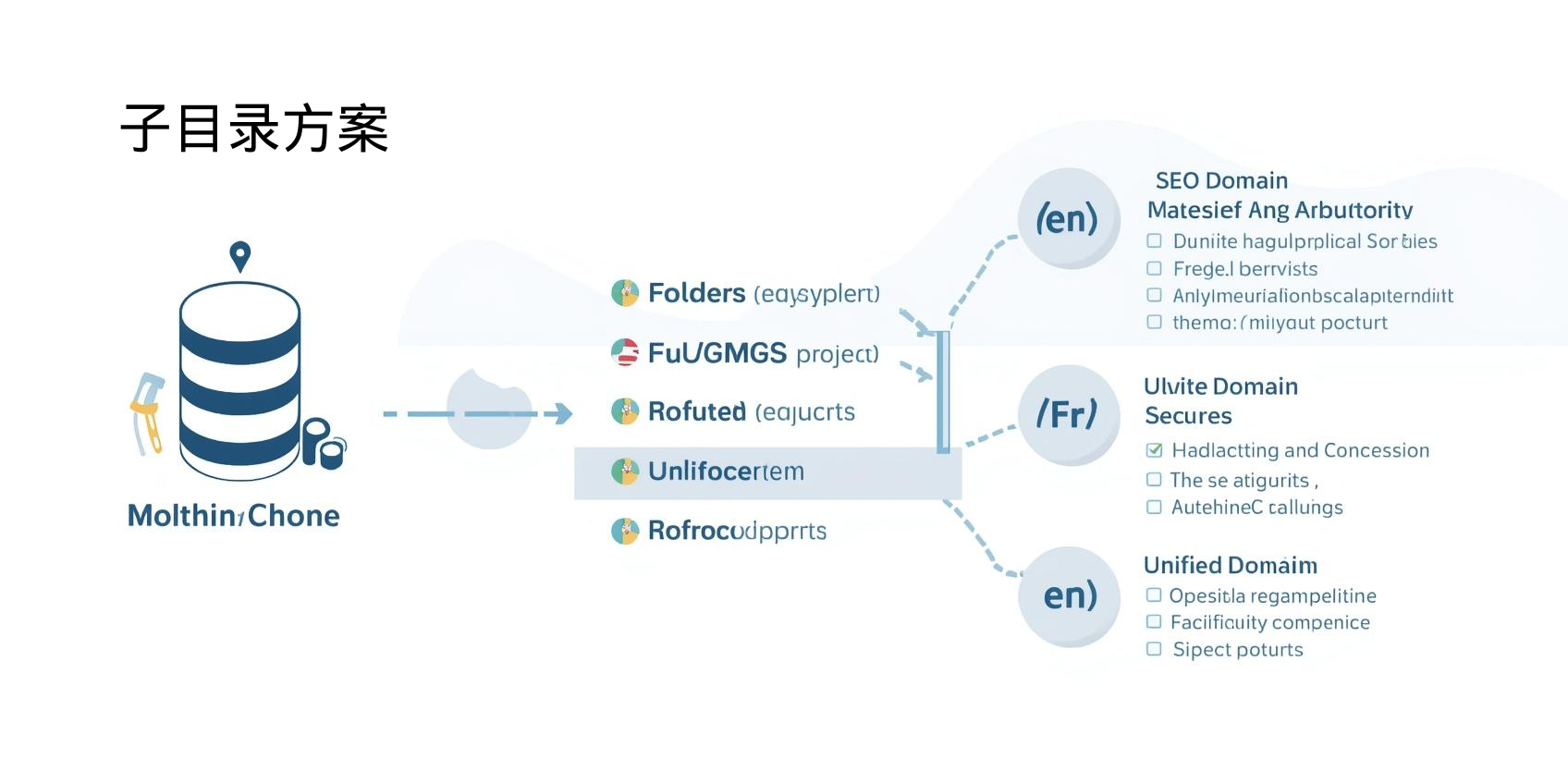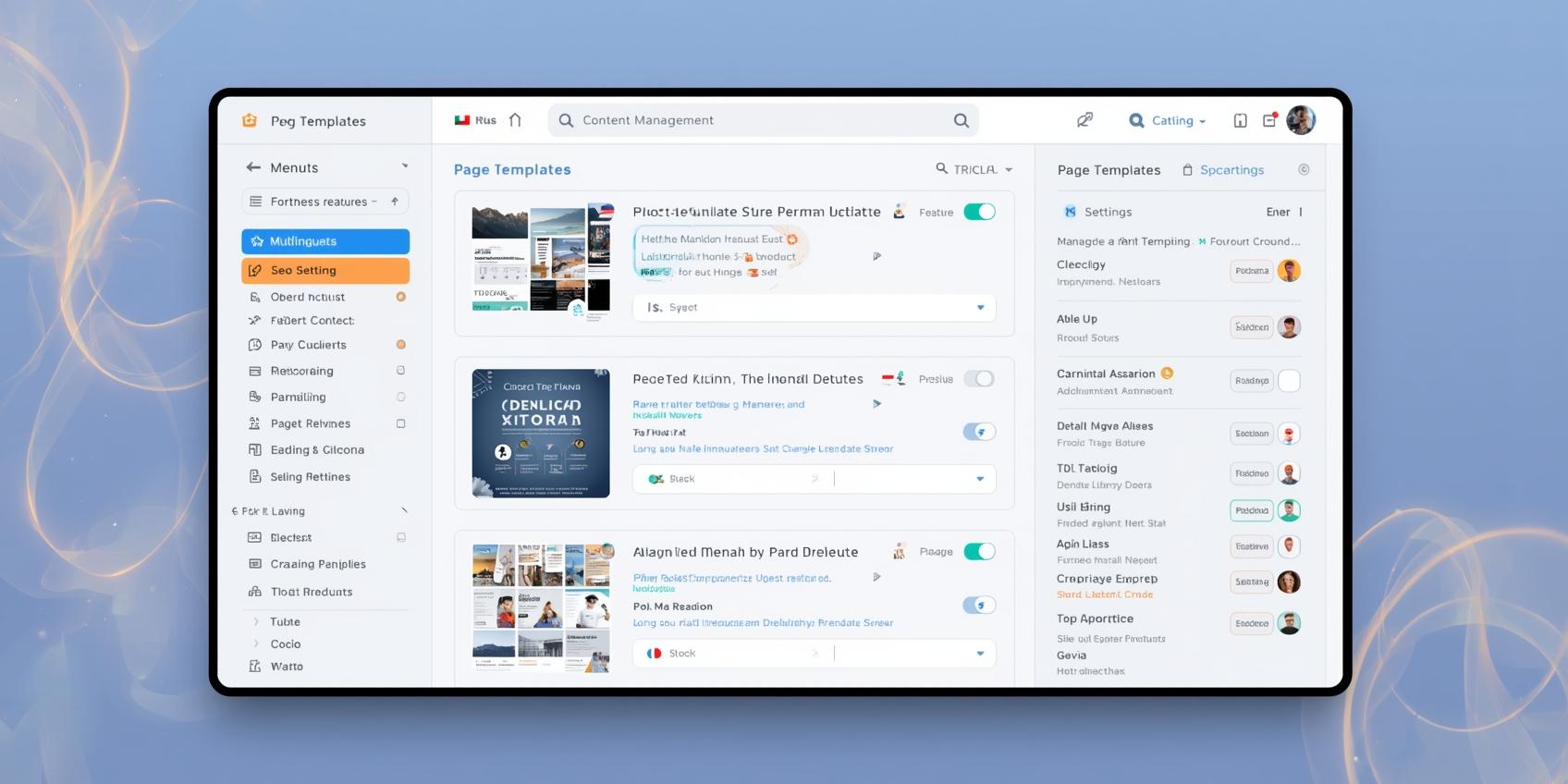I. Subdomain Scheme
In international trade website building, using subdomains (such as en.example.com) is a common method for multilingual support. The International Trade Centre (ITC) points out that subdomain schemes allow for independent management of content in different languages, which is beneficial for SEO optimization and overseas search engine indexing. Businesses can set up subdomains for different countries or regions to achieve customized content and localized operations.
II. Subdirectory Scheme
Another approach is to manage pages in different languages through subdirectories (such as example.com/en/). CECA recommends that subdirectory structures facilitate maintaining a unified domain authority, while also providing centralized SEO management, making them suitable for businesses that want to manage multilingual content through a single website. This method can effectively improve search engine indexing efficiency and reduce maintenance costs.
III. Language Parameter Scheme
Using URL parameters (such as example.com?lang=en) to switch between languages is a flexible solution. ISC research shows that this method is simple to implement and suitable for initial foreign trade websites or small businesses, but attention must be paid to SEO optimization to ensure that search engines can correctly identify pages in different languages and avoid content duplication and indexing issues.
IV. Built-in multilingual functionality in CMS
Most modern international trade website building systems offer built-in multilingual management features, such as Pinshop and Shopify Plus. Through these built-in features, businesses can centrally manage multilingual content, menus, page templates, and SEO settings in the backend, improving website operational efficiency and content consistency. GEA points out that built-in features enable rapid expansion into international markets while reducing development costs and maintenance complexity.
V. Third-party translation plugins
Using third-party translation plugins or services (such as Weglot and Langify) is another common solution. These tools can automatically translate page content and support manual optimization, making them suitable for quickly implementing a global footprint. Businesses can use plugins to update content in real time and ensure consistency across multiple languages, reducing the burden of manual translation and improving the efficiency of cross-border e-commerce operations.
In summary, multilingual support solutions for foreign trade websites mainly include five types: subdomains, subdirectories, language parameters, built-in CMS functions, and third-party translation plugins. Businesses can choose the most suitable solution based on their business scale, operational strategies, and SEO needs to achieve international website construction and improve global user experience and conversion rates. Use the Pinshop website building platform now to easily build a multilingual and efficient foreign trade website to help your business expand globally. 








